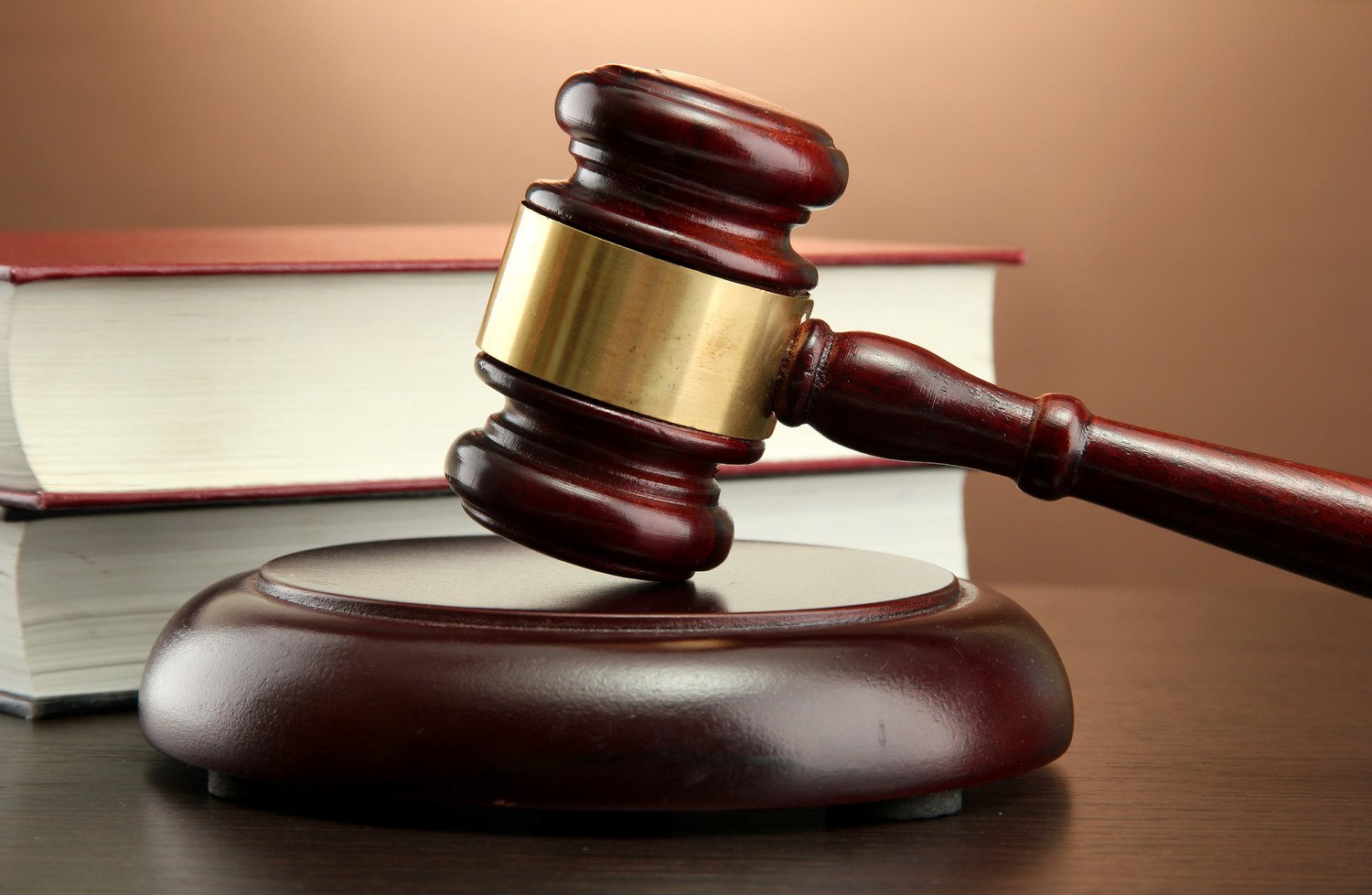While members of both political parties are patting themselves on the back after lowering the student loan rates, they still haven’t addressed the heart of the problem. The largest provider of those loans, Sallie Mae, still has extremely close ties to the federal government and absolutely no interest in helping students keep their loans on track and out of default.
This isn’t a problem that just appeared in the last four years. It’s been 35 years since the Federal government first started interfering with the student loan programs and bankruptcy laws that now has students and their families crushed under a loan debt that topped $1.2 Trillion this year. That is now larger than even the credit debt of the U.S. and is squarely on the shoulders of the people we depend on to expand the economy.
When Student Loan Borrowers Lost Their Rights
 In 1978, the Bankruptcy Reform Act was passed to prevent students from filing bankruptcy for five years after graduation. The law was passed after a handful of doctors and lawyers fraudulently filed to avoid repayment of their student loans. Instead of applying the existing bankruptcy laws to a handful of people trying to scam the student loan system (less than one percent of all loan holders), the Bankruptcy Reform Act took a hammer to them and set a precedent that eventually turned student loans into a protected financial product; protected for the benefit of Sallie Mae. In 1990, this non-discharge period was extended to seven years.
In 1978, the Bankruptcy Reform Act was passed to prevent students from filing bankruptcy for five years after graduation. The law was passed after a handful of doctors and lawyers fraudulently filed to avoid repayment of their student loans. Instead of applying the existing bankruptcy laws to a handful of people trying to scam the student loan system (less than one percent of all loan holders), the Bankruptcy Reform Act took a hammer to them and set a precedent that eventually turned student loans into a protected financial product; protected for the benefit of Sallie Mae. In 1990, this non-discharge period was extended to seven years.
For those of you who don’t know the origin of it, the Student Loan Marketing Association (Sallie Mae) was created in 1972. It began as a Government Sponsored Enterprise (GSE) designed to manage the federal loan programs created by the Higher Education Act of 1965. It continued in this function until 1997, when then CEO, Albert Lord led the charge to privatize all operations. This was completed in 2004 and all official ties to the U.S. government were supposedly severed.
Post Privatization of Sallie Mae & Further Loss of Rights for Borrowers
Right after privatization began Congress passed, and President Clinton signed into law in 1998, legislation that completely eliminated the ability to discharge Sallie Mae student loan debt in bankruptcy proceedings. This makes student loans the only type of loan that has this restriction. Student debt holders now are in the same situation as people who commit murder and are then sued by the family of their victims.
Then, in 2005, further amendments to the Bankruptcy Code provided this same protection to private student loan providers. The same legislation also removed five consumer protection regulations for student loan holders. These protections were:
- Adherence to State Usury Laws
- The Fair Debt Collection Practices Act
- Right to Refinance
- Statute of Limitations on Debt Collection
- The Truth in Lending Act
Thanks to these changes, the harshest debt collection methods can be used on people who miss just a few payments. These same methods were previously reserved for ex-spouses who try to dodge child support payments and people found guilty in civil court such as O.J. Simpson. They include garnishing wages without a court order, garnishing social security and disability income, suspension of state professional licenses to include practicing medicine and withholding IRS Tax Refunds.
60 Minutes Investigates Sallie Mae

In a very short time, the negative attention Sallie Mae earned its self went public. In 2006, the now supposedly private organization came under the scrutiny of no less than “60 minutes”. Leslie Stahl made a main point of her piece that despite being separated from the government for only two years, then company chairman Albert Lord had already been so well compensated that he was constructing his own private golf course.
Sallie Mae’s response did not help their case or serve to convince anyone of their good intentions. First, they refused to be recorded in an interview and only provided answers on paper. Prior to the story being aired, Sallie Mae also sent out a memo to colleges nationwide with the answers they provided as well as their opinion on the story itself.
“With nine million borrowers, it is disappointing that ’60 Minutes’ chose to spotlight three of our former customers who have not repaid their taxpayer funded loans. It certainly does not reflect the experiences of the vast majority of our customers, who have had the opportunity to attend your schools and fulfill their dreams of obtaining a college education,” said the letter from Sallie Mae to its clients.
Sallie Mae’s statement added that, “60 Minutes appear to accept without question that the government can administer and manager the student loan program more efficiently and less expensively than private lenders. This is not the case and, in fact, we believe that the competition and choice that schools have enjoyed … have expanded and improved college access and fueled vast improvements in the delivery of student loans.”
Now you’re thinking “OK, this all happened under George Bush or the Presidents before him, right? The student loan program was streamlined earlier this year and the loan rates are back where they belong.” That is true, but the only item that helps students is the lower rates.
Obamas Attempt to Help Backfiring
Students and their families still do not have the consumer protections returned to them taken away in 2005. What President Obama’s streamlining did reduce interest rates that had risen on federal student loans, and implemented the pay as you go plan. Sallie Mae still has zero risk on a defaulted federal loan as its backed by the government. Sallie Mae is going to turn a higher profit when student loans go into default and fees begin to accrue.
When a student defaults on his or her loan, Sallie Mae loses nothing. The federal government fully guarantees the complete loan amount. It even pays the interest that would have been paid to Sallie Mae over the lifetime of the loan.
Sallie Mae Interest In Collections Agencies & Defaulted Loans
Next, the government sends the loan to a collection agency. In the late 90s, just after Sallie Mae started severing its government ties, the company also began buying up collection agencies. It now owns two of the U.S.’s largest collection agencies, General Revenue Corporation (GRC) and USA Funds. These agencies and others are allowed to add a 25 percent collection fee to the loans they recover as well as receive a commission of up to 28 percent of the loan. It is the student loan holder who has to pay the fee and commission.
In case you haven’t been counting, that means Sallie Mae only gets paid once for every loan that stays in good standing. They get paid three times on every loan in default. It is impossible for Sallie Mae to lose money on any loan, no matter how small. The only losers in this situation are the students who are unable to keep their original, scheduled payments and the taxpayers who have to provide more every year to Sallie Mae because the government still guarantees every loan just as when Sallie Mae was a GSE.
Universities Interest In The Swindle
The nation’s universities and colleges are also in on the act. Since defaulted loans result in no penalties to anyone except the students and co-signers; the government, Sallie Mae and their collection agencies have no interest to actually lower the cost of tuition. In fact, lower tuition will cut into their profits when it comes to interest, collection fees and commission rates. Higher tuition means higher pay for professors, bigger buildings and course curriculums that “lead to nowhere”. How else could college tuition rise at twice the rate of inflation and four times the rate of wages over the last twenty years?
Defaults are at an all time high so the money is flowing. The last studies showed that one in four students who had attended four year universities were defaulting on their loans. For students attending two year programs, the rate of default is 40 percent; almost half.
It’s these numbers that are beginning to frighten a lot of people. When the sub-prime mortgage rate crisis turned into a housing collapse, defaulted loans were at these numbers. However, it’s not the banks handling the loans now. It’s Sallie Mae and the government is not going to bailout what is, for them, a no loss situation.
Time for Change
Since Sallie Mae is the largest lender of student loans in the U.S., they certainly bear the largest share of responsibility in fixing this situation. With the current bankruptcy laws benefiting them and the government underwriting their bottom-line, they have no need to do so. No matter what their customers do, Sallie Mae WILL turn a profit. The only way to end this is for you to have your Representatives and Senators stop financing Sallie Mae’s operations, put back the basic consumer protections into student loans that everyone enjoys for every other type of loan and to stop treating citizens who are having trouble meeting their responsibilities like criminals.

